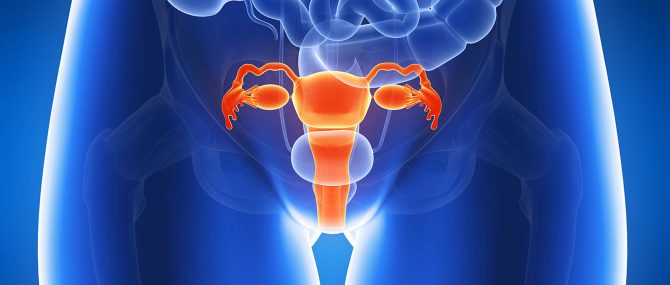Embryo transfer is the procedure by which the embryos are placed inside the intended mother's uterine cavity, waiting for them to be capable of implanting, thereby allowing the woman to become pregnant.
It is a simple process, normally of short duration, and pain-free. Once the embryos are inserted in the womb, the patient has to rest for around 20 to 30 minutes. After this reasonable time interval, she can continue with her normal lifestyle, avoiding great efforts though.
Approximately 15 days post embryo transfer, a woman can take a pregnancy test to determine whether finally the fertility treatment has been successful or, conversely, the embryos have been unable to continue their development.
How many embryos to transfer
The transfer of multiple embryos may increase your in vitro fertilization (IVF) cycle's chances of success, but it should be kept in mind that in the meantime it may also lead to multiple births. This sort of pregnancy involves a greater number of risks, as the likelihood of preterm birth, fetal death, intrauterine growth restriction, preeclampsia, etc. is indeed higher.
Cypriot regulations on medically assisted reproduction—governed by the Law 69 (I)/2015—establish a limit regarding how many embryos to transfer according to the patient's age:
- Up to age 38, a maximum of 2 embryos can be transferred.
- In women aged 39 to 50, up to 3-embryo transfers are allowed.
In accordance with the Law, failure to comply with this requirement is punishable by up to two years' imprisonment, and/or a fine of €100,000.
Keeping in mind these legal limitations, patients are asked to make the decision of whether they wish to have one, two, or even three embryos transferred when required, always paying attention to medical and expert advice.
Preparing for the embryo transfer
For the embryo transfer to be successful, the flow of communication between the embryo and the endometrium should be effective. By endometrium we mean the uterine lining where the embryos attach.
Communication between them will only be fluent and lead to pregnancy provided that both parties are prepared:
- They must be high-quality embryos
- The endometrium must present a trilaminar pattern, and its thickness must reach at least 7-8 mm
To boost embryo quality, the embryos are cultured in the laboratory under the best possible conditions. As for the endometrium, women are prescribed a specific hormone-based treatment with the purpose of preparing her endometrium as required.
The treatment involves the administration of hormones (estrogens and progesterone), which can be done either through vaginal, oral, or patch route. These medications will boost endometrial thickness, thereby reaching an appropriate size that makes the embryos capable of implant, and continue their development there.
To determine the doses and time schedules for administration of hormone medicines, endometrial development will be monitored via ultrasound scan, thanks to which the specialist will be able to set the most adequate day as the date for the embryo transfer.
In the case of international patients, they can get themselves started with the treatment in their home country, and visit the fertility clinic in Cyprus just one or two days before the transfer. However, some centers prefer monitoring endometrial development by themselves, and therefore they "force" patients to be physically in the country also at the beginning of the cycle.
Depending on the preparation protocol followed and the patient's response, estrogen administration will be more or less extended. Usually, it does not take longer than 10-12 days.
Progesterone is normally administered for two or three days before the embryo transfer, and its administration lasts up until around the 20th week of pregnancy. If there were no pregnancy, progesterone administration would be stopped, menstruation would show up again, and a new cycle would begin.
We make a great effort to provide you with the highest quality information.
🙏 Please share this article if you liked it. 💜💜 You help us continue!




According to you, “In women aged 39 to 50, up to 3-embryo transfers are allowed.” Why? I don’t get it.
Hello Pam2,
This is because, as a woman ages, her ovarian reserve keeps on diminishing, and it may be more difficult for her to become pregnant. This is the reason why from age 39 onwards, we can increase her chances of success by transferring 3 embryos instead of 1 or 2. In the case of younger women, it is not necessary, since we also increase the chances of having a multiple pregnancy when more than a single embryo is transferred.
I hope I have been able to help,
Best
For God’s sake, I think such administration of hormones should be forbidden! Women, please, take into account you’re altering the normal functioning of your body!